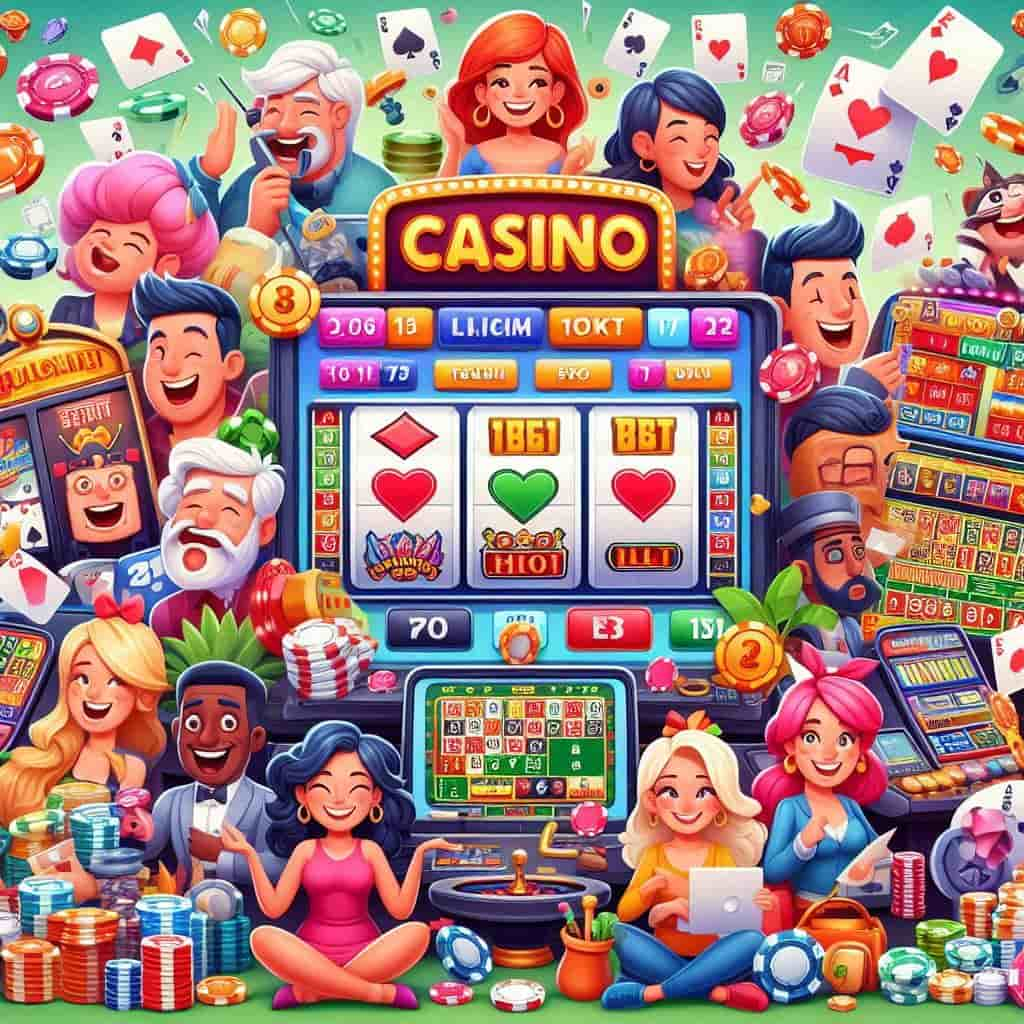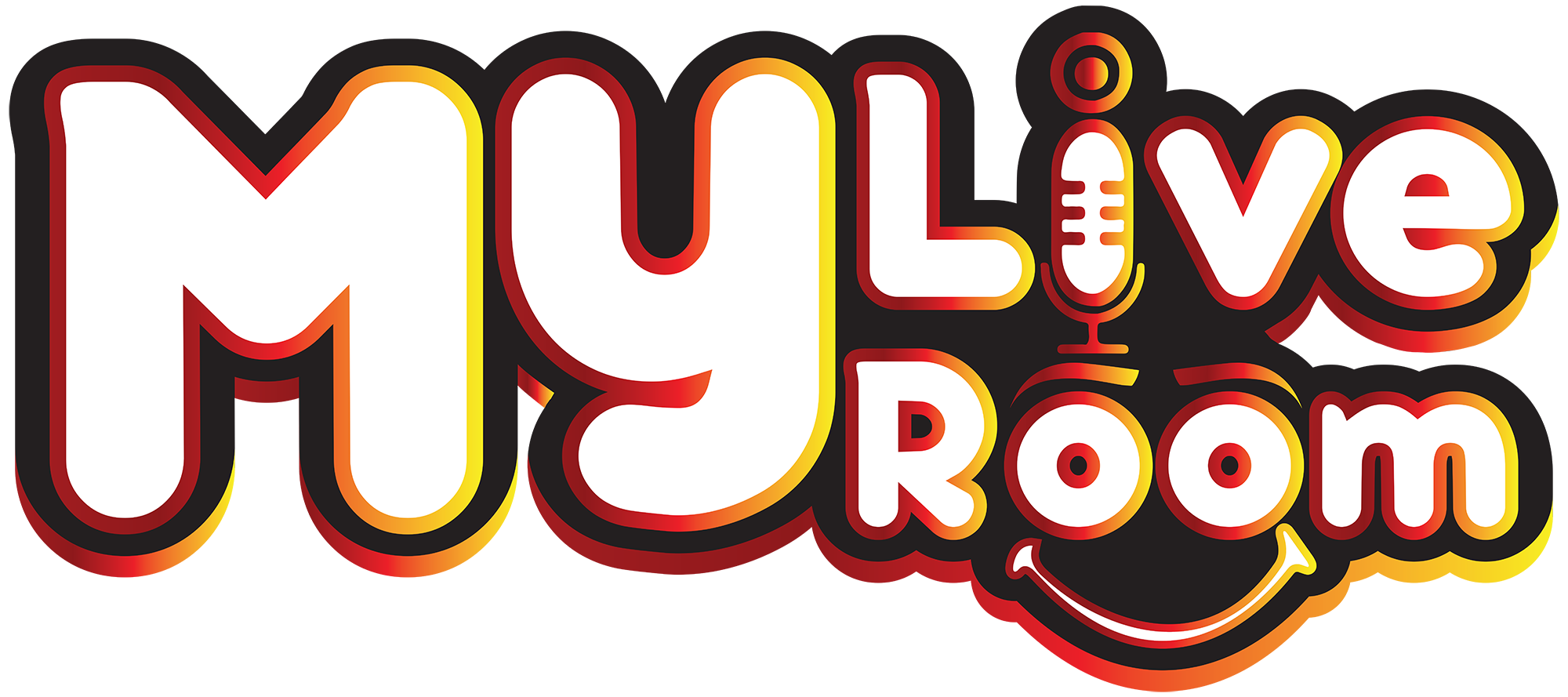Understanding Casino Table Limits: What You Need to Know

When stepping into a casino, whether it's your first time or you're a seasoned player, one of the most important aspects to understand is the concept of table limits. These limits are not just arbitrary numbers; they play a crucial role in managing your bankroll, shaping your gaming experience, and even influencing the overall atmosphere of the casino.
What Are Casino Table Limits?
Casino table limits refer to the minimum and maximum amounts that a player can wager on a particular table game. These limits are set by the casino and can vary widely depending on the game, the location of the casino, and even the time of day. For example, a blackjack table might have a minimum bet of $5 and a maximum bet of $500, while a high-stakes poker table could have limits ranging from $100 to $10,000.
Why Do Casinos Set Table Limits?
Casinos set table limits for several reasons, all of which are designed to create a balanced and enjoyable gaming environment for both the players and the house.
1. Managing Risk: Table limits help the casino manage its risk. By capping the maximum bet, the casino limits its potential losses on any given hand or spin. Conversely, minimum bets ensure that the casino generates a certain level of revenue from each game.
2. Catering to Different Players: Not all players have the same budget or risk tolerance. By offering tables with different limits, casinos can cater to a wide range of players, from casual gamblers who are just looking to have some fun, to high rollers who are willing to wager large sums of money.
3. Controlling Game Pace: Higher table limits often attract more experienced players who are familiar with the rules and strategies of the game. This can lead to a faster pace of play, which is beneficial for the casino as it increases the number of hands or spins per hour.
Types of Table Limits
There are generally three types of table limits that you might encounter in a casino:
1. Low-Limit Tables: These tables are designed for casual players or those who are new to the game. The minimum bets are usually low, often ranging from $1 to $10. Low-limit tables are a great place to learn the ropes without risking too much of your bankroll.
2. Mid-Limit Tables: Mid-limit tables are where you'll find a mix of casual players and more experienced gamblers. The minimum bets typically range from $10 to $50, and the maximum bets can go up to several hundred dollars. These tables offer a good balance between risk and reward.
3. High-Limit Tables: High-limit tables are reserved for serious gamblers and high rollers. The minimum bets start at $100 and can go up to several thousand dollars. The maximum bets at these tables can reach astronomical figures, sometimes exceeding $100,000. High-limit tables often come with additional perks, such as private gaming areas and personalized service.
How to Choose the Right Table Limit
Choosing the right table limit is crucial for maximizing your enjoyment and minimizing your risk. Here are a few tips to help you make the right choice:
1. Know Your Bankroll: Before you sit down at any table, it's important to know how much money you're willing to risk. A good rule of thumb is to have at least 20 times the minimum bet in your bankroll. For example, if you're playing at a table with a $10 minimum bet, you should have at least $200 set aside for that session.
2. Consider Your Experience Level: If you're new to a game, it's a good idea to start at a low-limit table. This will give you the opportunity to learn the rules and develop your strategy without risking too much money. As you become more comfortable with the game, you can gradually move up to higher limits.
3. Assess the Table Atmosphere: The atmosphere at a table can vary depending on the limits. Low-limit tables tend to be more relaxed and social, while high-limit tables can be more intense and competitive. Choose a table where you feel comfortable and can enjoy the experience.
4. Time of Day Matters: Table limits can fluctuate depending on the time of day. During peak hours, such as evenings and weekends, casinos may raise the minimum bets to accommodate the higher demand. If you're looking for lower limits, consider playing during off-peak hours.
Conclusion
Understanding casino table limits is essential for anyone looking to have a successful and enjoyable gaming experience. These limits are in place to help manage risk, cater to different types of players, and control the pace of the game. By choosing the right table limit based on your bankroll, experience level, and personal preferences, you can make the most of your time at the casino. Whether you're playing for fun or aiming for a big win, knowing the ins and outs of table limits will give you a better chance of walking away a winner.
- Art
- Causes
- Crafts
- Dance
- Drinks
- Film
- Fitness
- Food
- Games
- Gardening
- Health
- Home
- Literature
- Music
- Networking
- Other
- Party
- Religion
- Shopping
- Sports
- Theater
- Wellness
- Social



